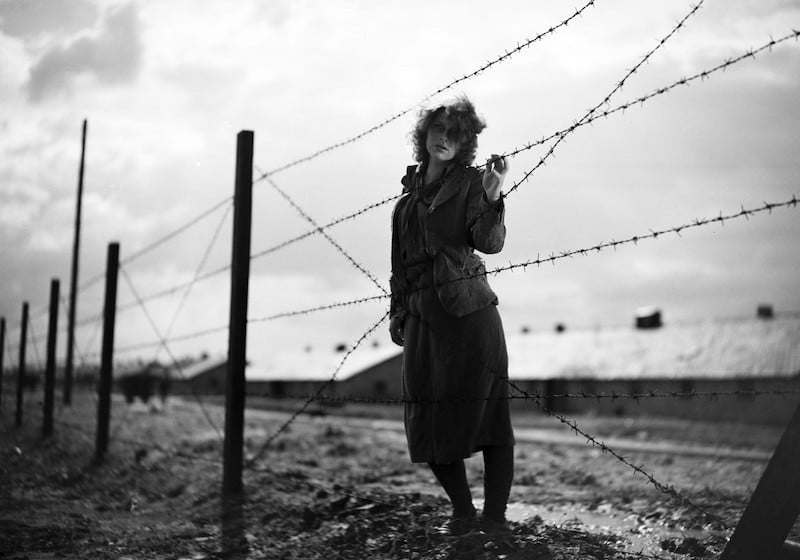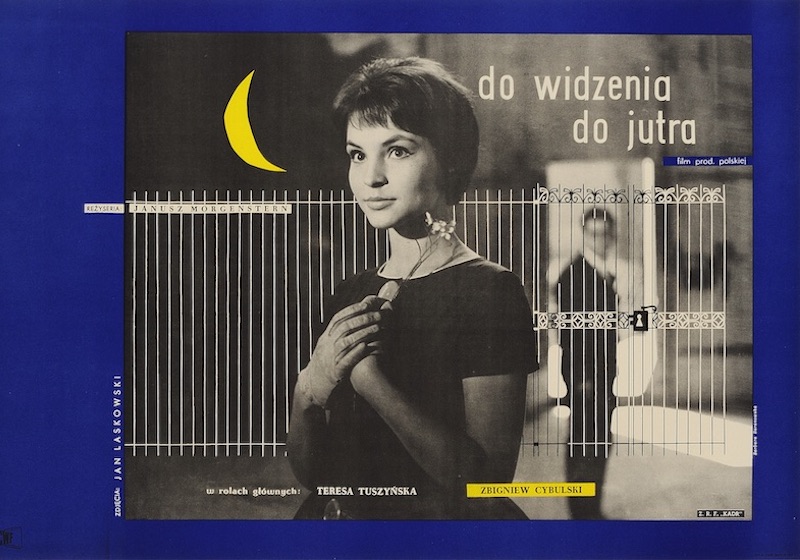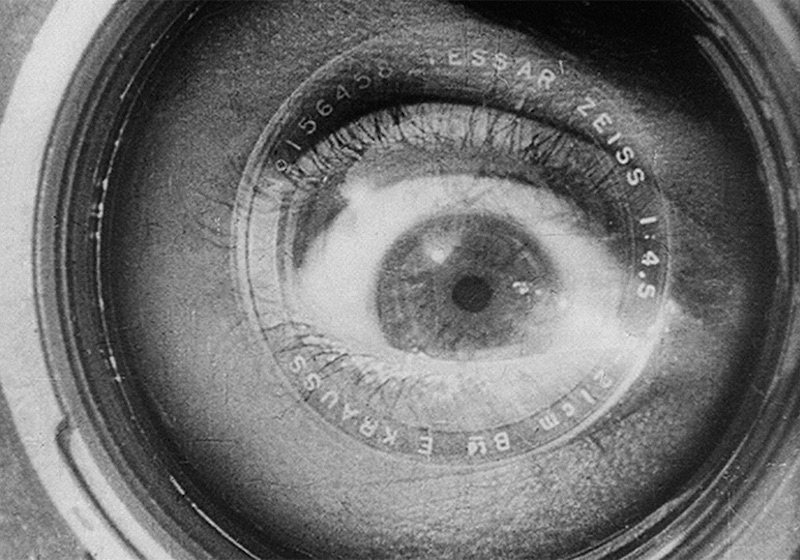How Slovene author and adventurer Alma Karlin travelled solo across the globe — and fought the Nazis
On what would have been her 132nd birthday, The Calvert Journal looks back on the extraordinary life of Alma Karlin: the Slovene adventurer who shunned her travel writing career to delve deeper into human spirituality — and join the Yugoslav resistance.
At the end of 1927, Alma Karlin received several letters from her dying mother. They begged the 38-year-old to end her seven-year journey around the world, and finally return home. During her journey, Karlin had already survived an attempted rape in Peru, an attempted poisoning in Panama, humiliation in the United States, police interrogation in Taiwan, unrequited love in Japan, and poverty in the Pacific Islands. But Karlin obeyed her mother’s last request. Bitter, depressed, and seriously ill from malaria and dysentery, she boarded a ship in Karachi to begin the arduous journey back to Europe, and her native city of Celje in modern-day Slovenia.
But this seemingly miserable ending also sparked a new beginning. Karlin returned to Europe as a bestselling writer and ethnographer, following scores of fiction and non-fiction works published during and after her travels. Newspapers, including The New York Times, described her as the first woman to circle the globe alone and without foreign financial assistance. She gave successful lectures in European cities such as Vienna, Berlin, London and Paris, while readers flooded her with adoring correspondence. Her popularity even led to the emergence of fan clubs.
Her success ultimately began to fade with the rise of National Socialism in Germany. A fierce opponent of Hitler’s regime, Karlin threw her energies instead into collaborating with the opposition and helping political emigrants; many of whom found refuge in her home. When Nazi forces invaded Yugoslavia, they quickly arrested Karlin and sent her to prison. Although her influential friends from Berlin were able to liberate her, she never truly recuperated from the evils of war. Karlin died in poverty of tuberculosis and cancer in 1950.
Alma Karlin photographed in 1900.
Early Life
Alma Maksimiljana Karlin was born in Celje in October 1889 to an elderly former soldier and a German language teacher. Her parents had never wanted or expected a child, which was more than apparent in their lukewarm relationship with Alma. Her father, an officer of the Austro-Hungarian monarchy, raised the girl with strict military discipline, while her mother fixated on Karlin’s perceived physical “defects”. Karlin was born with a drooping left eye, and was later found to have a slightly raised shoulder. That particular discovery, at the age of 13, led to Karlin spending hours strapped to what she called “torture devices” — braces and equipment designed to straighten the irregularity. This difficult childhood, filled with petit bourgeois constraints, soon turned Karlin into a self-contained and independent — if melancholic and stubborn — woman, with a deep wanderlust and an unquenchable longing for knowledge.
Karlin’s liberation came in 1908 at the age of 18. Despite her mother’s vocal opposition, she travelled to London to study foreign languages. While learning English, Spanish, Italian, French, Russian, Danish, Finnish and Swedish, she wrote a dictionary that encompassed 10 languages, and that would eventually become her faithful travel companion.
While studying in London, where she earned her living by translating and teaching foreign languages, she met a Chinese student, Xu Yong Lun, to whom Karlin was giving private English lessons. Although there was no real emotional and physical affection between them, Karlin agreed to marry him, regarding the marriage as an opportunity to give her life meaning, and as an escape from a suicide attempt she had already planned for herself. A few months later, Karlin broke off her engagement, but the experience served as the basis for the novel My Little Chinese, her first literary work to receive favourable reviews.
Alma Karlin with her fiancé, Xu Yong Lun, and her mother
Seminal Moments
But Karlin’s life in London was interrupted by the outbreak of the First World War in 1914. As a citizen of a now enemy state — the Austro-Hungarian empire — Karlin became a persona non grata in Great Britain. As a foreigner, she saw her salary drastically reduced, while the authorities placed her under constant surveillance. Unable to cope, she decided to travel to neutral Norway. While there, she came to two conclusions that would change her life. The first followed her realisation that writing was her mission. The second was that she wanted to “go out into the wide world” as soon as the war ended. In 1918, she returned to Celje and opened a school where she taught foreign languages. A year later, she had finally saved up enough money to buy a boat ticket to South America. Equipped with a suitcase, a dictionary and a typewriter, she set out on an adventure that would take her to Peru, Panama, the United States of America, Hawaii, Japan, Korea, China, Taiwan, Australia, New Zealand, Fiji, New Caledonia, the Solomon Islands, Papua New Guinea, Indonesia, Malaysia, Thailand, Myanmar, and India.
But Karlin’s adventures did not end when she arrived home. After the trip, the writer organised her thoughts and adventures into a two-part work. The two travelogues, detailing her trip around the world, finally brought her the success and fame she had dreamed about. The first title, The Lonely Journey, was published in 1929, encompassing the two years that Karlin travelled to the Americas, the Far East and Australia. The following year, she published The Spell of the South Sea, including her experience across the Pacific Islands. Both books were soon sold out and needed to be reprinted.
The German Colonial Company described the two-part series as the “most adventurous traveller’s diary of our time. Alma M. Karlin didn’t discover new worlds, but her everyday adventures from her journey around the world are more suspenseful and exciting than the report of many research expeditions.”
In the following years, Karlin became a prolific author, penning more than 40 independent works and countless articles for more than 20 international newspapers and magazines around the world. She generously furnished the travelogues with valuable illustrations of plants and people, and later with her own photographs.
Karlin pictured in clothes from her travels. Image: Adolf Perissich/Wikimedia Commons under a CC licence
Style and Work
What made Karlin’s travelogues unique and popular were the descriptions of her personal misfortunes, as well as the problems and obstacles she had to overcome as a single female traveller in some of the most remote corners of the world. She included numerous details that demonstrated her ingenuity and endurance: her fortunate escape from the Wutung people, who tried to kill her during a ceremonial dance; the death of her Chinese host’s father, which gave her an intimate insight into local death-related customs; and the different symptoms of malaria, which for Karlin eventually evolved into unbearable depression. Berlin’s newspaper Das Echo said that expeditions of great researchers had been “a comfortable walk” in comparison to Karlin’s journey. These occasionally grim experiences, however, were offset with exciting, lively dialogues, and ironic, playful descriptions. As a woman who constantly faced judgment in her hometown for not following established norms, she often reflected on women’s role in foreign cultures, and the relationship between men and women.
In contrast with other white female travellers of the time, Karlin never had any support from rich and influential patrons. As a result, she focused her investigations on what was accessible to her — which also happened to be areas that had been little researched at the time. She studied religion, the mysticism of ancient cultures, superstition, magic, occultism and witchcraft. Meeting with numerous witches and shamans gave her a unique insight into their practices, which she carefully described in her books. Many of her works contain precise ethnographic and anthropological details. A good example of this was The Mysticism of the South Sea, in which she described the spells, beliefs, customs prevalent amongst the peoples of Polynesia, Melanesia and Micronesia.
A photo of Karlin published in her book, The Lonely Journey
It is perhaps no surprise then, that in her mid-thirties, Karlin turned even more strongly to spirituality . “I want to get rid of this stupid journey around the world once and for all. I’ve always wished to write about mystical things,” she wrote in a letter to her best friend, Thea Schreiber Gamelin. Karlin ultimately fulfilled her ambition. Her later works, Isolanthis (1936), Angel on Earth (1936) and Blue Moon (1938) expressed the teachings of Buddhism and Theosophy, regarding the unity and immortality of the human soul, and the liberation from the shackles of earthly existence. Readers were urged to strive for goodness, wisdom and truth.
“I wanted to discover the beauty of the whole wide world for all those who couldn’t travel. I would capture the magic of other hemispheres and be a mediator of foreign mindsets and sentience for my nation,” Karlin wrote in her unpublished autobiography, How I Became a Human. Karlin never set out on her travels for adventure. But by writing about other cultures, she strived to promote peace and mutual respect among the world’s nations.
This article is part of our series Women, Recollected, an ongoing project shining a light on the forgotten women pioneers of 20th century culture.


